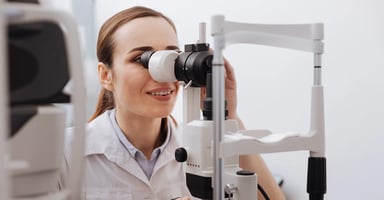Rescuing a Struggling PV Program: Warning Signs, Root Causes, and What to Do Next
Living near the ocean growing up, I have been warned countless times that by the time you realize you are in a riptide, you may already need to be rescued. You'll know things aren't going quite right, that you have to work awfully hard just to stay in the same place, and that no one is responding...





















